Chinese autonomous aerial vehicle company EHang announced on Monday that it will partner with Italian architect Giancarlo Zema Design Group (GZDG) to design a “vertiport” in Italy, as the start of an expansion into the EU.
According to the company, GZDG’s design will use sustainable materials, and will generate its own energy to recharge the company’s EH216 carriers.
The vertiport’s style was inspired by the African baobab tree. It will be 30m high, with a steel and laminated wood structure, a waiting room, a café, and a 200 sq m panoramic restaurant.
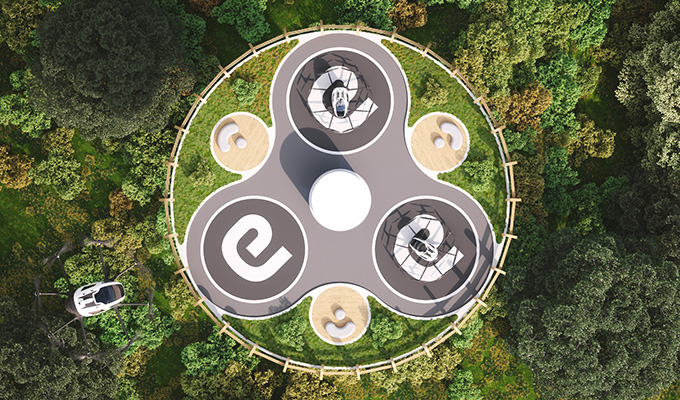
GZDG’s vertiport will be able to handle three aerial vehicles at once (GZDG)
The vertiport will have its own photovoltaic panels, able to generate more than 300kW of power a day to recharge the electric vehicles.
The aim is to create a vertiport that can be targeted at urban areas, but also the growing eco-tourism sector in Europe and Southeast Asia.
In April last year, EHang announced a partnership with the City of Hezhou in Guangxi Province to build “the world’s first AAV E-port” – a terminal for its autonomous aerial vehicles (see further reading).
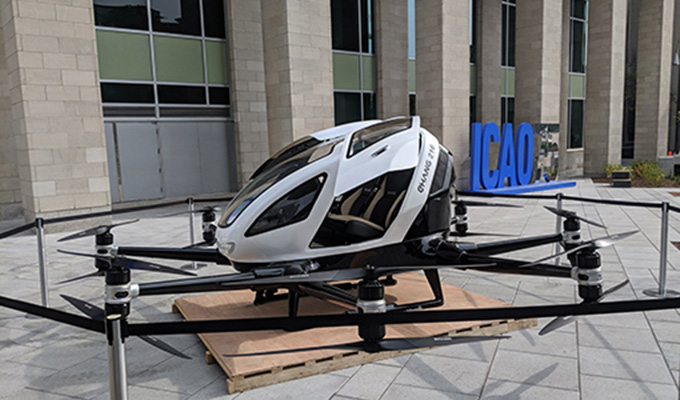
EHang’s 216 model can carry two passengers using 16 propellers (Ehang)
At the end of 2019, the company received approval from regulators to launch an air taxi service in nearby Guangzhou. In July last year, it received regulatory approval to fly the EH216 in Quebec.
Rome-based GZDG specialises in smart eco-sustainable projects, semi-submerged structures, floating habitats, yachts and interior design.
Top image: GZDG’s rendering of its eco-friendly design, which is based on the baobab tree (GZDG)
Further reading:
Comments
Comments are closed.






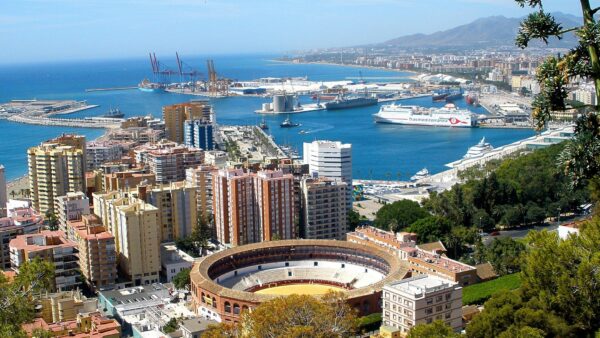
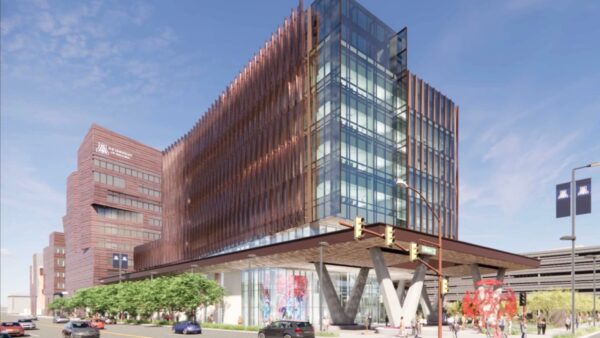

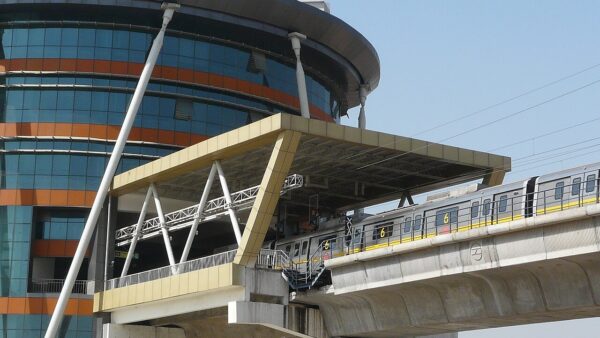
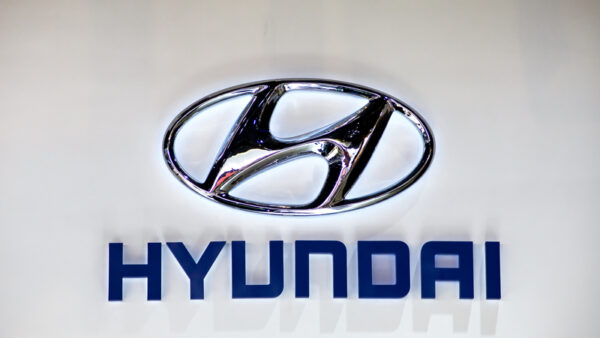
Is this the future or just a newer version of the helicopter? The sky is the limit but only if available for everyone.
It was interesting but do we see the safety of people and the landing…